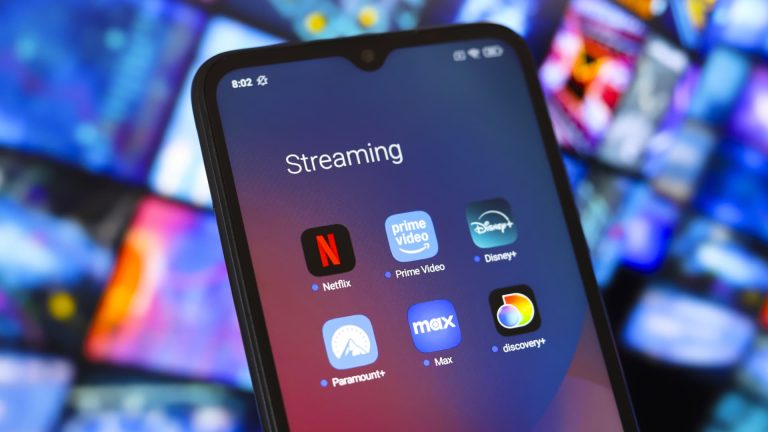Streaming has outpaced the combined share of broadcast and cable TV viewing for the first time ever, according to a new Nielsen report.
Streaming represented 44.8% of total TV viewership in May, its largest share to date, while the combination of broadcast, with 20.1%, and cable, with 24.1%, represented 44.2% of TV viewing, according to Nielsen’s The Gauge monthly report.
Compared with this time four years ago, when Nielsen started its monthly reports, streaming has skyrocketed 71%, while broadcast and cable viewing have declined 21% and 39%, respectively, according to Nielsen.
“While many have expected this milestone to occur sooner, sporting events, news and new season content have kept broadcast and cable surprisingly resilient,” Brian Fuhrer, Nielsen’s senior vice president of product strategy and thought leadership, said in a recorded video statement.
The share of streaming has been steadily rising in The Gauge reports since 2021, compared with broadcast and cable’s share of TV viewing.
Fuhrer said streaming’s growth has been driven by three main factors: free ad-supported streaming TV offerings, also known as FAST channels; the rise of YouTube; and shifts within legacy media companies to reach streaming-centric consumers.
In May 2021, only five streaming platforms exceeded 1% of total TV viewing, based on Nielsen data. As of the most recent Gauge report, 11 streaming platforms have now have met that threshold.
Those platforms include FAST channels Pluto TV, Roku Channel and Tubi. Nielsen notes that these free channels have become increasingly popular and that free services overall have been a major driver of growth. Combined, those three channels accounted for 5.7% of total TV viewing in May, more than any individual broadcast network.
Another free option — YouTube — has emerged as a streaming champion over the past four years. YouTube’s main division, excluding YouTube TV, has climbed 120% since 2021. In May, YouTube represented 12.5% of all television viewing, the highest share of any streamer to date and its fourth consecutive monthly share increase.
YouTube’s rise has been well-documented over the years as it has emerged as a chief competitor for viewership. Over time, traditional media companies have been unable to ignore YouTube’s success and in many cases have embraced it. For example, the original content Disney produces for YouTube complements its long-form content on Disney+ and drives deeper engagement with its characters, according to a Disney spokesperson.
The continued transformation of traditional media companies into streaming-first entities has been another important trend, according to Fuhrer. Nielsen noted that platforms such as Hulu, Paramount+ and Peacock have shifted to complement, rather than compete with, linear TV. Super Bowl LIX successfully aired on both Fox and Tubi, for example, and the 2024 Olympics could be viewed on NBC and its streaming platform, Peacock.
Recent restructuring announcements from major media companies may prompt changes moving forward. Warner Bros. Discovery announced June 9 that it will separate into two companies: a streaming and studios company and a global networks company. Comcast has announced it will spin off most of its NBCUniversal cable network portfolio, including CNBC.
Netflix has emerged as the clear winner among paid subscription services, according to Nielsen. The media company saw a viewing gain of 27% over the past four years and has been the leading subscription provider in total TV usage over that time period.
Nielsen said that while the milestone may not be repeated consistently every month, especially as football season kicks off later in the year, it predicts streaming will eventually become No. 1 permanently.
Disclosure: Comcast is the parent company of NBCUniversal, which owns CNBC. Versant would become the new parent company of CNBC under the proposed spinoff.

